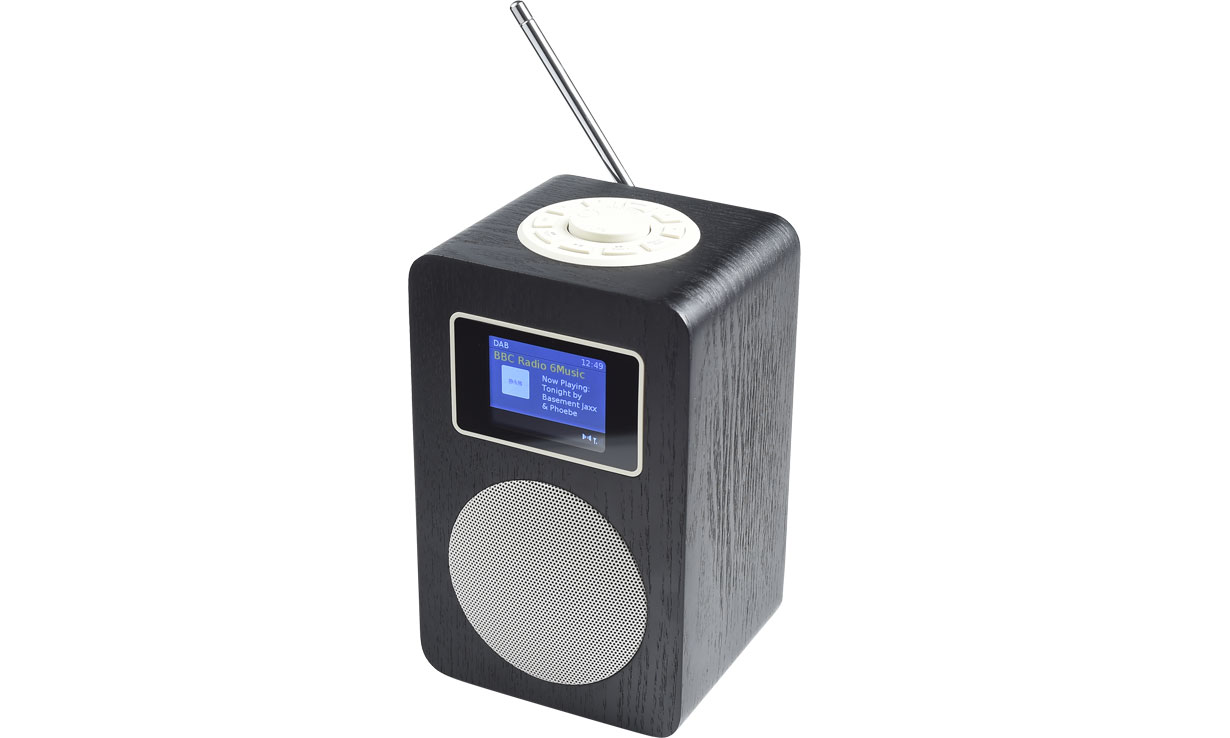By clicking a retailer link you consent to third-party cookies that track your onward journey. This enables W? to receive an affiliate commission if you make a purchase, which supports our mission to be the UK's consumer champion.
Future of UK radio to be decided in 2020: here's how to get ready for what comes next

The government is launching a review of the radio industry later this year, concluding in mid-2020. The review will take into account the full range of ways people listen to the radio, including analogue, DAB and online listening through apps and smart speakers.
The outline of the review does not specifically mention the analogue switch-off - where analogue radios using FM will no longer have access to any stations - but it will consider the latest trends to ensure that the ways people are currently listening are taken into account with future investment in radio infrastructure.
Read on to find out about the government's review. Or find a top-rated future-proofed radio.
What will be considered in the radio infrastructure review?
The start of the review was announced yesterday by Margot James MP, the minister for digital and creative industries at the Department for Digital Culture, Media and Sport (DCMS).
'A consideration about the future of radio can no longer be seen as just a binary decision about a switch from an analogue to a digital broadcast platform,' she said. 'A review must have a much broader focus to reflect the growing challenges arising from IP based audio content delivery [internet radio] and how this affects future decisions on radio distribution. So I can confirm that we will begin a review of digital radio for broadcasters and other stakeholders to collectively develop a shared vision for a sustainable vibrant digital audio sector for the UK.'
Currently, 52% of radio listening is done digitally, according to radio analysis firm RAJAR. The digital share is dominated by DAB radios (38.3%), followed by online and app listening (9.4%) and radio channels on digital TVs (5%).
The 50% threshold of digital listening - one of the tipping points for the government to start looking into a possible switchover - was reached last year. However, no date has been set for a switchover yet and the government has previously stated that any switchover would have a two-year notice period, so there's no need to worry just yet. Currently, over 90% of the UK has access to DAB stations.
Expect to find out more on the future of both FM and DAB when the findings of the review are announced in 'mid-2020'.
How to make sure your next radio is future-ready
To make sure you stay ahead of any future changes to radio, consider the following three tips so you stay tuned in to your favourite stations.
Go digital
If you do nothing else, make sure you're buying a radio that supports DAB, even if you only use analogue FM and AM stations at the moment. This means you won't have to shell out for a brand-new DAB radio later on if you lose access to one or several of your favourite stations. While the date for switching off FM signals still has yet to be decided, it's better to be safe than sorry.
Get DAB+
Since 2013, all digital radios sold in the UK need to be certified with the 'digital radio tick' icon, showing that they are compatible with the newer DAB+ standard. DAB+ allows stations to broadcast in higher quality, solving a common complaint that some standard DAB stations only broadcast in mono, and at a low quality.
A radio with DAB+ means you won't lose any radio stations if and when your local DAB radio stations switch over to DAB+.
Almost all new digital radios on sale support DAB+, but if you bought your radio before DAB+ was launched, check to see whether it supports the new standard, but only consider replacing it once your local stations start to warn you of a switchover. Our radio reviews show which models have DAB+.
Get a radio with external inputs
This is an easy way of future-proofing your radio - make sure it has either a 3.5mm audio input jack or a Bluetooth connection. This means you can turn it into an internet radio at the drop of a hat; just use a radio app on your phone - such as RadioPlayer, TuneIn or your favourite station's own app - and connect it to your radio. You could even do this with a smart speaker such as an Amazon Echo or Google Home.
Three future-ready radios to consider
VQ-Susie Q, £250

This radio ticks all the boxes for the future of radio and is packed with features. It supports internet radio, Bluetooth, DAB+ and has a 3.5mm audio input jack. Not only that, it has a premium look and feel, can be carried around the home and has a full-colour screen for ease of use. Read our full VQ-Susie Q review to find out whether it sounds as good as it looks.
John Lewis Aria, £90

This all-wood radio has DAB+ along with Bluetooth and 3.5mm input so it's ready for whatever the future holds. With a compact design and dual alarms as well as a digital screen, this radio should have the features most people expect. Read our full John Lewis Aria review to see whether this radio is the complete package.
Roberts Revival iStream 2, £170

This vintage-style radio from Roberts has DAB+, a 3.5mm input and internet connectivity, although it lacks Bluetooth so doesn't have the complete set of future-ready features. It also takes four D batteries so can be carried around your home without interrupting your programme of choice. Read our full Roberts Revival iStream 2 review to see whether this vintage radio is a modern marvel or just old-hat.

